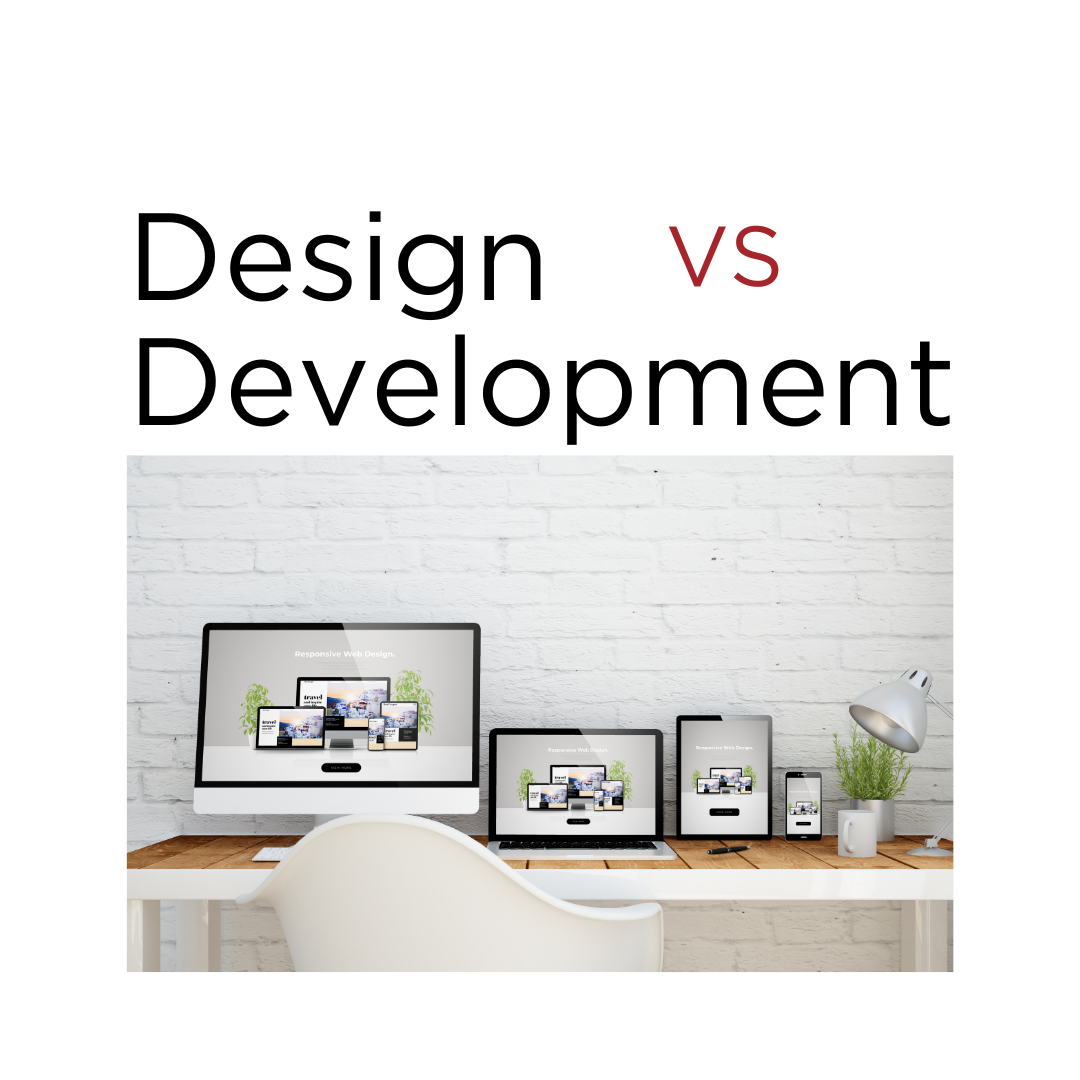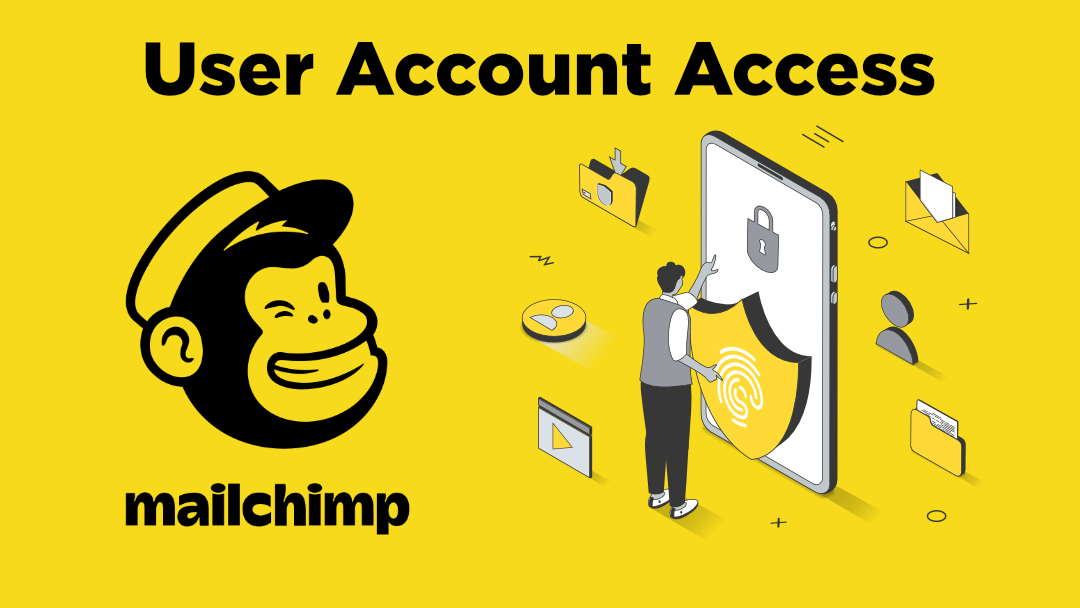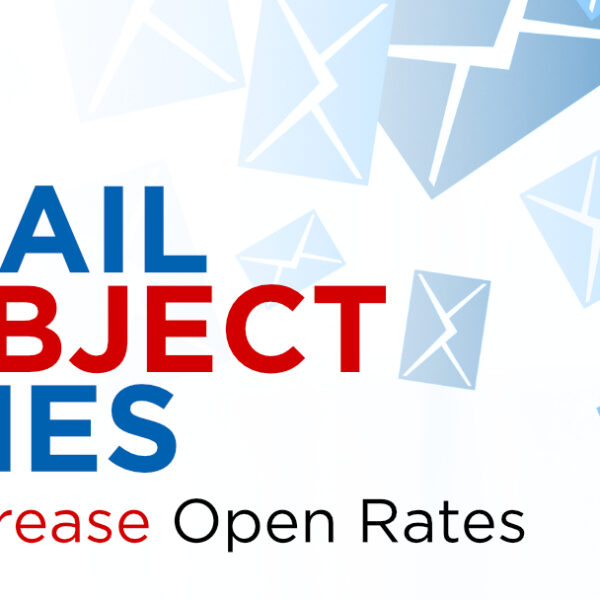All Posts, Content & Copywriting
 While talking to a client about her new website that Design Theory is currently creating, we began discussing and distinguishing the differences of websites similar to her industry. During the discussion I asked her if she wanted a Pop Tart vs. Toaster Strudel design and content. We both chuckled while I explained the difference and how that would affect her readership and visitation numbers. As I explained my breakfast treat comparison, it occurred to me that this would make great content itself for a blog. So with sweet treat comparatives, tongs in hand, let’s see what the difference is and what to look out for when designing your own personal use or business website.
While talking to a client about her new website that Design Theory is currently creating, we began discussing and distinguishing the differences of websites similar to her industry. During the discussion I asked her if she wanted a Pop Tart vs. Toaster Strudel design and content. We both chuckled while I explained the difference and how that would affect her readership and visitation numbers. As I explained my breakfast treat comparison, it occurred to me that this would make great content itself for a blog. So with sweet treat comparatives, tongs in hand, let’s see what the difference is and what to look out for when designing your own personal use or business website.
Sticky Jelly or Oozing Content
Pop Tarts Toaster Strudel
Can be stored at room temperature Must stay frozen until ready for consumption
No need for refrigeration Leaving it out over 12 hours may make it unfit for consumption
What does this say about the quality of your content & about your website? Quickly written, often plagiarized content will only be worth the effort put into it. However content that is fresh, witty and deliberate will evoke the proper response for the goal set before it. It will be more pleasing and can easily be distinguished. And that’s exactly what you want and need to get your product and/or services sold. Once again, it’s a distinction between what looks good and achieves the goal that should direct the content accordingly.
Static or Creative Icing
Is your content very cookie-cutter, stationary or could be considered stale? Or does the verbiage move, flow and swirl to create interest and hold your reader’s attention? Is your use of imagery typical or often used stock photography or is it distinctive and has an artistic, creative flare to it? When choosing imagery, keep in mind that it should enhance and not compete with your written content to give a cohesive and an overall polished look to your website. You can have fun and go outside the box with most industries. Even content that is more factual and less opinionated can be creatively distinct while getting your message across and conveying important information.
Sometimes Pricing Makes a Difference, Sometimes Not
Pop Tarts Toaster Strudel
$3.99 for a 8 piece box $3 for a 6 pastry box
Being in the middle of the pricing spectrum for websites, we at Design Theory have had to burst the bubble of misconceptions when it comes to our prices versus the quality of talent/work we do. Our goal is to match the goals and level of business of a client’s company with a website that will do just that within the confines of their allotted budget. Now sometimes we have to push back and encourage a particular client to go beyond their budget and give them some industry inside look as to why. And because we do what we do well, it’s usually not hard for them to acknowledge the benefits of doing so and agree. But for other companies, just be aware that all that glitters may not be gold and likewise, the cheapest design/pricing may not be tarnished brass. Remember, there’s a difference between cheap and affordable web designs. I believe you have to ask the right questions, look at a company’s track record/dossier and determine what’s best for your business. Then you can make an educated decision about how much you NEED to pay for a website that fulfills its purpose for your business or personal objectives.
So depending on what your business palate wants and needs, you can determine whether you choose a “mediocre but gets the job done” website & content, or if you’re in need of a step-up, more sophisticated level design. Whichever works for you, make sure you choose well and always consider the palate of your consumers.
~ Content Writing Inspiration ~ 
True Ease in Writing comes from Art, not Chance,
As those move easiest who have learn’d to dance.
~Alexander Pope, “An Essay on Criticism”
All Posts, Web Design, Web Development
 When a new website is completed and launched, there is a great sense of relief and jubilation from my design firm. All the extra work we put into a project feels like it was so worth it. Almost like we could have done it for free had we been given the chance. Hearing how the client or group is so excited and hearing their praises gives us some great confidence and feedback that we met or exceeded their expectations. However the project actually isn’t completed at that point. I pull together all the staff members who were involved with the project for an exit interview.
When a new website is completed and launched, there is a great sense of relief and jubilation from my design firm. All the extra work we put into a project feels like it was so worth it. Almost like we could have done it for free had we been given the chance. Hearing how the client or group is so excited and hearing their praises gives us some great confidence and feedback that we met or exceeded their expectations. However the project actually isn’t completed at that point. I pull together all the staff members who were involved with the project for an exit interview.
In Corporate America when someone is let go from a job or moving to a new department, the sitting manager or HR representative will host a meeting with the employee that is moving to get their honest opinion on their soon to be previous role. Their asked to be candid and explain how they felt about their manager, job function, duties, achievements, and of course moral. The end of a design I feel should be the same in some aspects.
Some things to consider or talk about with your team or reflect on yourself would be:
Content: Was there enough content provided from the beginning? How much copy needed to be edited or rewritten? Did the client provide enough? Was I delivered or provided to us on time or when asked?
Budget: Was the client charged adequately for every deliverable we were tasked with. Did we find any areas in the project that could have been handled a different way that would have given us more services we could have offered? Does it seem like the client would have paid more for the same level of service?
Timeline: Did we beat our deadline? We’re we late and why? What were some factors that contributed to our timeline. How can we avoid any setbacks on our end or the clients going forward. We’re they’re new requests submitted that effected the timeline that was not accounted for?
Teamwork: Overall how did everyone work together? Did anyone feel like they didn’t get their opinions expressed or considered enough? Did everyone pull their weight? Did everyone feel they were given all they needed to complete their tasks? Was the communication across the team well enough or does it need improvement? What was the best medium for communication?
Customer Experience: Did the customer play a big enough role in the project. Were there enough options provided yet not too much to hinder a confident choice? Did all the team members have a chance to meet and/or talk to the client? We’re all of our responses timely? Did email communications go well, or could more phone calls iron out misunderstandings?
After reading through these I’m sure you may have wondered or even asked some of these questions to yourself after completing a project. It may seem a bit time-consuming but I promise you it’s worth the effort. It will help you avoid mistakes in your future projects while providing some self-examination to your firm and tactics. If you have some other points to add please do so in the comments below. As always we love hearing your opinions and contrary thoughts.
(Image credit: auremar / 123RF Stock Photo)
All Posts, Web Design
 This topic is one that I must say is a bit close to home. Maybe its a bit of therapy to say some things out loud, and maybe its a cry for help. Either way, it’s something I felt I should bring up to get you (our readers) to comment on. When I got into the web design or design industry, I had taken no prior classes, courses, lessons, drawing, nada. My background was in IT. Break just about any device and I could fix it. Now when I decided to walk into the design field, I jumped all in. Pestered my friends to let me use their computers to try out Photoshop. Bought really old versions of Macromedia desktop publishing software. I tried to get my hands on all the tools I would need to be a success.
This topic is one that I must say is a bit close to home. Maybe its a bit of therapy to say some things out loud, and maybe its a cry for help. Either way, it’s something I felt I should bring up to get you (our readers) to comment on. When I got into the web design or design industry, I had taken no prior classes, courses, lessons, drawing, nada. My background was in IT. Break just about any device and I could fix it. Now when I decided to walk into the design field, I jumped all in. Pestered my friends to let me use their computers to try out Photoshop. Bought really old versions of Macromedia desktop publishing software. I tried to get my hands on all the tools I would need to be a success.
After attaining all the things I needed, I really got involved in learning. However the more I learned the more I learned I had a lot to learn. So then I started to learn less new things, and develop skills in the things I knew or wanted to be better at. And that’s when the problems started. I became pretty good in creating wireframes and websites, basic business logos, flash animations, and more. However when opportunities came to me for more complex jobs, I shied away from them. Sure I would take some but most I wouldn’t because I knew I’d be getting in over my head. What I should have done was take all that as a sign to become a master at one thing at a time.
When you’re a solo-preneur in this industry, you almost don’t have a choice but to try to learn and do everything yourself. My advice is to learn a trade at a time. Get to be great at design, then move to web. When you’ve conquered those then move to mobile. But being “ok” in all of those and more will end up hindering you on seeing big picture and acquiring bigger clients. I mean that’s the goal isn’t it? To get bigger contracts that allow you to continue to do what you love. Now if you don’t have time to learn more, hire someone who already does know more than you. In fact surround yourself with people who know a heck of a lot more than you. It helps you stay humble, but also makes you aspire to be a greater designer.
All Posts, Marketing
 When I first started Design Theory, it was in 2008. I remember my first client like it was yesterday. Yea, it was a client from hell. I’m being honest. Instead of backing down, I made self assessments and made sure to learn from mistakes and vulnerabilities right out of the gate. The ironic thing about that first client is that I never ended up doing something in that industry to date.
When I first started Design Theory, it was in 2008. I remember my first client like it was yesterday. Yea, it was a client from hell. I’m being honest. Instead of backing down, I made self assessments and made sure to learn from mistakes and vulnerabilities right out of the gate. The ironic thing about that first client is that I never ended up doing something in that industry to date.
Target Tip #1 – Gathering more information on a clients industry. This is probably a basic marketing 1o1 tactic, but since I didn’t go to school for marketing, I learned it in the real world. Each client that you have is probably in business for a completely different industry than your other clients. One of our “theories” is to take time to understand our client and their business as if we work with them. We ask about your business, what makes your products special, understand your pricing models and workflow. Essentially we try to look at it the way you look at it, and then use that to offer great ideas to create or improve your website.
Target Tip #2 – Identifying the industries you understand best. If going through your portfolio you realize you have a few sites or designs that all are from a specific industry like models, industrial, real estate, etc; look for some similarities. Are the layouts similar? Are the fonts close in likeness? Is the content familiar? Chances are you have a good idea of this business. Maybe good enough that you could start your own business in it. That’s a good thing because it shows you really grasp the economics of the industry. So take that knowledge and create a package that speaks to prospective clients of that industry. Visualize yourself pitching them a sale, and use your experience and portfolio as your reputation.
Target Tip #3 – Use Linked In. At once considered the #2 social network, Linked In is still a powerhouse of networking opportunities for freelancers and job seekers. Chances are you may have a connect that is or directly connected to some franchise owners. Get a referral connection or reach out to them if you’re already connected and ask for a meeting. They’ll be a little less reluctant to talk to you if you’re somewhat familiar to them or have a warm introduction from a mutual friend or connection. Same rules apply here as in the second tip; express how familiar you are with their industry and tell them how you’d like to take their business to the next level of service. Do some homework and see if their website is on par with their parent company or other franchise owners. Nab this one, and you can go after the other franchise owners too. If you approach it the right way and deliver all that you promised, there’s no reason why you can’t have a large percentage of that franchise as your client.
Target Tip #4 – Rinse and Repeat. I don’t know that you’ll ever exhaust an industry dry, but in case you get bored or want to try something else, go back through all of your work and find another popular industry you’ve been working with and modify all of your marketing materials to speak to this new industry. The good thing is that you don’t have to recreate the wheel. Your first efforts can be redefined or “remixed” and be just as effective.
Target Tip #5 – Think big. At the risk of sounding cliché “You never know until you try.” It’s true. All you need is confidence in your work and a good number of clients who honestly appreciate your level of service. If you don’t have a marketing agent, hire one. Don’t have the right printed marketing materials, design them and get them printed professionally. Do your homework on the businesses you want to target and expose their weak points. Chances are they know them, so it won’t come as a surprise, but the fact that you noticed it will resonate on an appealing level for them in considering you for business. Shake some tall trees in your community and bid for their business.
Your assignment, should you choose to accept it is to implement these tips in the month of June. I’d love to hear back from you on your progress in the comments below.
All Posts
 Maybe you’ve had a successful hair salon for years and your flow of clients is in and out like a Manhattan revolving door. Or perhaps, you just started one and are struggling to pack the chairs and fill the appointment book. Regardless, both need a website. It would seem that the latter would be more in need. But here are the top 5 reasons why both do and how it benefits the one with the successful streaks AND the one that’s a little green at the roots. Because the goals of a hair salon aren’t to create just great client impressions when they walk out the door, but even before they get there or perhaps know that you exist. How so? Read on….
Maybe you’ve had a successful hair salon for years and your flow of clients is in and out like a Manhattan revolving door. Or perhaps, you just started one and are struggling to pack the chairs and fill the appointment book. Regardless, both need a website. It would seem that the latter would be more in need. But here are the top 5 reasons why both do and how it benefits the one with the successful streaks AND the one that’s a little green at the roots. Because the goals of a hair salon aren’t to create just great client impressions when they walk out the door, but even before they get there or perhaps know that you exist. How so? Read on….
 1st Show that You Are a Cut above the Rest ~ Perhaps you can highlight with the talent of Picasso or have the most stylish stylists in a 50 mile radius- if you don’t advertise it, word of mouth is probably not enough to keep your book of business on the incline despite a declining economy. Grooming is one of the “extras” that many people can’t justify when the light bill is due and groceries are in need. In today’s tough economy improving the growth and profitability of your hair salon needs to be a high-priority and this is one tool you’ll want to have in the kit. Having a website shows potential and repeat customers that you really mean business about your business. It reflects another level of professionalism for clients and to the industry. Remember, the goal is to create a great impression on a client both before they come to the salon AND after they see their reflection in the mirror.
1st Show that You Are a Cut above the Rest ~ Perhaps you can highlight with the talent of Picasso or have the most stylish stylists in a 50 mile radius- if you don’t advertise it, word of mouth is probably not enough to keep your book of business on the incline despite a declining economy. Grooming is one of the “extras” that many people can’t justify when the light bill is due and groceries are in need. In today’s tough economy improving the growth and profitability of your hair salon needs to be a high-priority and this is one tool you’ll want to have in the kit. Having a website shows potential and repeat customers that you really mean business about your business. It reflects another level of professionalism for clients and to the industry. Remember, the goal is to create a great impression on a client both before they come to the salon AND after they see their reflection in the mirror.
2nd Add Social Media Presence to Your Menu ~ Running a hair salon requires interaction with a lot of people and why not let that network work for you. What do I mean by that? I mean getting people to Like You on Facebook, connect with you via Linked-In and chat about you on Twitter. With constantly changing styles, promotions, and products you shouldn’t have a problem finding topics to talk or Tweet about. This is an ever-evolving industry and you can take advantage of that using the free resource of Social Media. Use it to show others that you are tapped into the most current trends in hairstyling, makeup, products or whatever your salon may specialize in. And speaking of specialties, if you have one in particular-like you wax as smooth as a baby’s bottom or have a stylist who coifs with the precision of Edward Scissorhands-then Social Media is the perfect place to create hype about the talents in your establishment.
3rd Great Referencing Tool for the Trade ~ A website is a great place to let your work shine and the words of your clients work for you. Often, word of mouth helps as much as it can hurt. Letting others “hear” from current/past clients does influence decisions…especially in service-providing industries. Most repeat customers would love say how Thomas keeps their true roots invisible or Shelly is a Shear-tress like no other AND see it in print! No to mention that playing to a client’s ego in this manner, is also another way to keep their business at your business. I mean this is an industry of vanity after all…
 4th Stylistas, the Cutting Floor to Web Design ~ A great look and feel website should engage visitors and compel them to spend time there. You are in luck in this particular industry because the variety of website designs available can vary as much as shades of blond. But you also have to know which to choose based on your demographics, clientele and other such factors. Don’t forget that when selecting one, it should reflect both your vision for your business and the clientele walking through its doors. Keeping this in mind, don’t fail to have fun with it. I mean it isn’t a law firm for goodness sake-so you can push the envelope of creativity without seeming over-the-top.
4th Stylistas, the Cutting Floor to Web Design ~ A great look and feel website should engage visitors and compel them to spend time there. You are in luck in this particular industry because the variety of website designs available can vary as much as shades of blond. But you also have to know which to choose based on your demographics, clientele and other such factors. Don’t forget that when selecting one, it should reflect both your vision for your business and the clientele walking through its doors. Keeping this in mind, don’t fail to have fun with it. I mean it isn’t a law firm for goodness sake-so you can push the envelope of creativity without seeming over-the-top.
5th Picture Perfect Coiffing & Selling ~ Photo Galleries aren’t fabulous only in SoHo but can be just as spellbinding on the www while exhibiting your stylists’ work. There are various choices to do so…like a slide show, a flip/style online book or even a Virtual Tour of your Salon while talent’s in motion. It will be engaging and be a non-traditional way of showing off your talented team.

 Decide Who Will Make the Cut ~ If don’t have a salon website already but are now convinced you need one, here are some considerations when choosing a website designer and/or company:
Decide Who Will Make the Cut ~ If don’t have a salon website already but are now convinced you need one, here are some considerations when choosing a website designer and/or company:
 Find one that you feel understands your salons demographics and how to reflect it on the website.
Find one that you feel understands your salons demographics and how to reflect it on the website.
 Know that imagery will be crucial for your website. So make sure that you have “web-worthy” photographs to showcase the talents of your team and use stock photography where needed to beautify the site.
Know that imagery will be crucial for your website. So make sure that you have “web-worthy” photographs to showcase the talents of your team and use stock photography where needed to beautify the site.
 Make sure they will write your content with commonly used keywords that are frequently used when searching for hair salons, especially in your geographic region.
Make sure they will write your content with commonly used keywords that are frequently used when searching for hair salons, especially in your geographic region.
At Design Theory, we’d love to help you take your business to the next level of design and success. As such, we now have great packages  specifically designed for hair salons that will help you blow away your competition.
specifically designed for hair salons that will help you blow away your competition.
 While talking to a client about her new website that Design Theory is currently creating, we began discussing and distinguishing the differences of websites similar to her industry. During the discussion I asked her if she wanted a Pop Tart vs. Toaster Strudel design and content. We both chuckled while I explained the difference and how that would affect her readership and visitation numbers. As I explained my breakfast treat comparison, it occurred to me that this would make great content itself for a blog. So with sweet treat comparatives, tongs in hand, let’s see what the difference is and what to look out for when designing your own personal use or business website.
While talking to a client about her new website that Design Theory is currently creating, we began discussing and distinguishing the differences of websites similar to her industry. During the discussion I asked her if she wanted a Pop Tart vs. Toaster Strudel design and content. We both chuckled while I explained the difference and how that would affect her readership and visitation numbers. As I explained my breakfast treat comparison, it occurred to me that this would make great content itself for a blog. So with sweet treat comparatives, tongs in hand, let’s see what the difference is and what to look out for when designing your own personal use or business website.














